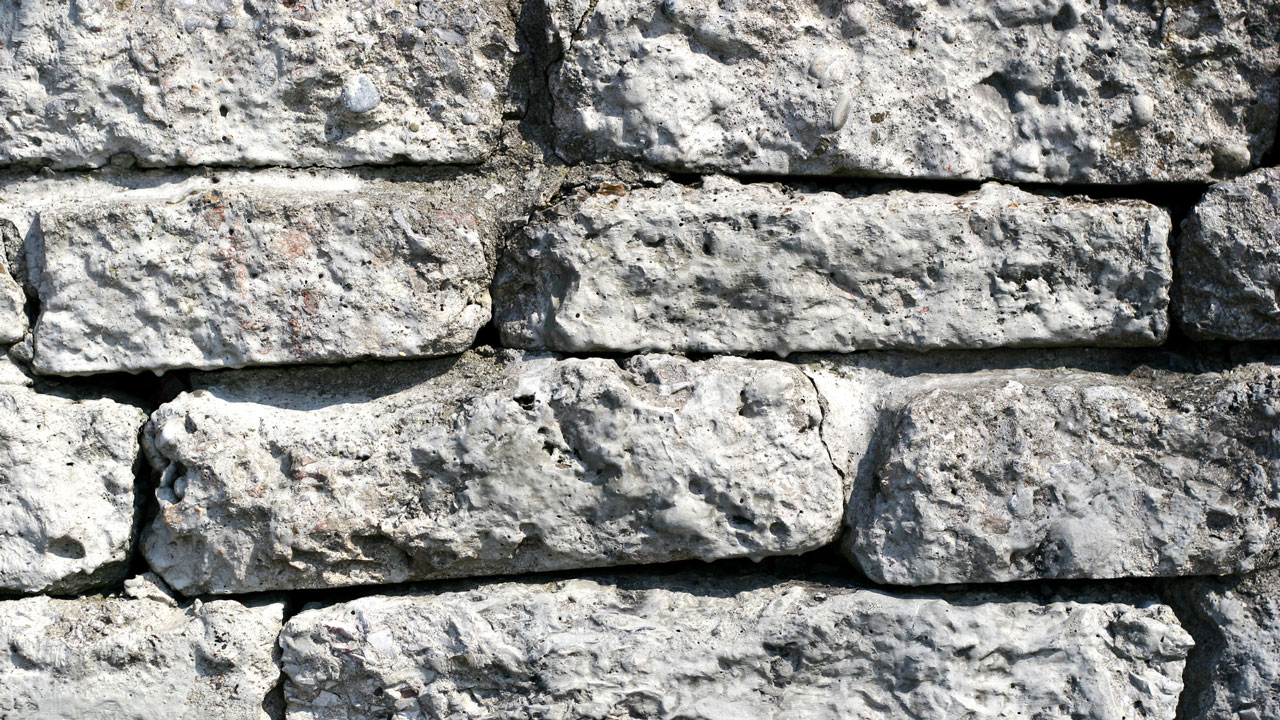
HardscapingHardscaping refers to the non-living elements of landscaping, such as stone, brick, concrete, wood, ... is an integral part of designing and maintaining outdoor spaces, and a retaining wall plays a crucial role in preserving the structural integrity of your landscape. However, over time, wear and tear can compromise the effectiveness of these walls, leading to potential hazards and diminished aesthetic appeal. Learn about the telltale indications that it's time to replace your retaining wall and walk you through the process of taking on this hardscaping project.
Your retaining wall serves a critical function in maintaining the stability and aesthetics of your outdoor space. Recognizing warning signs is essential to address potential issues before they escalate. Here's an in-depth exploration of the extensive list of warning signs that indicate when it's time to replace your retaining wall:
When inspecting your retaining wall, pay close attention to any visible structural issues like cracks, tilting, or bulging sections. These signs may suggest that the wall is no longer effectively holding back the soil it was designed to contain, compromising its overall stability. If you notice any of these structural anomalies, it's crucial to address them promptly to prevent further deterioration.
Inadequate drainage is a common culprit for retaining wall failure. Poorly designed or clogged drainage features can lead to water pooling behind the wall, exerting excess pressure and causing potential damage. Keep an eye out for signs of water accumulation, as it could be an indication of drainage issues.
The materials used in your retaining wall play a pivotal role in its longevity. Over time, exposure to the elements can result in wear, erosion, or deterioration of materials like concreteConcrete is a composite material made from a mixture of cement, sand, gravel, and water. It is one o..., brickBrick is a building material made from clay, sand, and water, molded into rectangular blocks and fir..., or wall blocks. Regularly inspect the surface for any visible signs of damage, including crumbling or disintegration.
Retaining wallsRetaining walls are structures designed to hold back soil and prevent erosion in landscapes with var... are designed to withstand the pressure exerted by the soil they hold back. Changes in soil conditions, such as excess moisture making the soil heavier, can strain the wall and lead to failure. Keep an eye on the condition of the soil, especially after periods of heavy rainfall or during seasons with increased moisture.
Any noticeable changes in ground levels around your retaining wall should be cause for concern. Shifts in the landscape, whether due to natural settling, erosion, or other factors, can impact the wall's stability. Increased pressure on the wall may result in structural issues. Regularly monitor the surrounding ground levels and address any deviations promptly to prevent further complications.
Outdoor structures, including retaining walls, are exposed to various weather conditions over time. Bad weather, such as heavy rainfall, freeze-thaw cycles, or extreme temperatures, can contribute to the degradation of a retaining wall's structural integrity. Regularly inspect the wall's surface for weather-related damage, including cracks or erosion.
As the backbone of your outdoor space, a retaining wall not only serves a functional purpose in holding back soil but also contributes to the overall aesthetic appeal of your landscaping. Follow this step-by-step process of replacing your retaining wall to ensure that each stage is approached with the utmost consideration for both longevity and visual harmony.
Before embarking on the replacement process, conduct a thorough assessment of the existing retaining wall's condition. Identify the extent of damage and consult with experienced wall builders or contractors to make informed decisions about the replacement project. Consider the specific requirements of your outdoor space and select materials that align with both functionality and aesthetic appeal.
Once the assessment is complete, proceed with the safe dismantling of the existing retaining wall. Exercise caution during the demolition process to minimize disruption to the surrounding landscape. Remove all components of the old wall systematically, taking care to dispose of debris responsibly. A meticulous demolition lays the foundation for a smooth replacement process.
Prepare the site for the new retaining wall by conducting thorough excavation. Ensure the area is properly leveled and that you address any drainage issues. Incorporate suitable drainage features such as pipes and gravelGravel consists of small, loose, rounded or angular stones, typically ranging in size from a few mil... to prevent water pooling behind the wall. A solid foundation is crucial for the longevity and stability of the new retaining wall.
Choosing the right materials for your new retaining wall is a critical decision. Consider durable options such as concrete, brick, or wall blocks that suit both the functional requirements and the visual aesthetics of your outdoor space. Consult with experts or wall contractors to ensure the selected materials align with the specific needs of your retaining wall project.
Follow a systematic construction process, adhering to proper guidelines and ensuring each layer is level and correctly aligned. Pay close attention to the interlocking mechanisms in the case of wall blocks or mortarMortar is a mixture of cement, sand, and water, used as a bonding agent in masonry construction. It ... joints in brick walls. This meticulous approach ensures the stability and integrity of the new retaining wall. Engage experienced contractors or builders for precision in construction.
After the construction of the new retaining wall, carefully backfill the area behind it with suitable soil. Ensure that the backfilling process is executed with precision to provide necessary support to the wall. Pay attention to the finishing touches, considering landscaping elements that enhance the visual appeal of your outdoor space. The final touches contribute not only to aesthetics but also to the overall functionality of the retaining wall.
Transforming your outdoor space into a haven of enduring beauty and structural integrity begins with the right retaining wall replacement. For those seeking professional expertise and craftsmanship in hardscaping projects, consider partnering with West Hills Masonry.
Our seasoned wall builders and contractors specialize in creating retaining walls that seamlessly blend durability and aesthetics. Whether it's addressing structural issues, selecting the right materials, or executing precise construction, West Hills Masonry is committed to bringing your outdoor vision to life.
Transform your garden space with the trusted hands of experts at West Hills Masonry — where quality meets artistry. Contact us at 714-519-5009 today to embark on your retaining wall journey, and let us turn your outdoor haven into an enduring masterpiece.
 Carlos Gonzales
Carlos GonzalesLocations We Serve
Schedule A Consultation